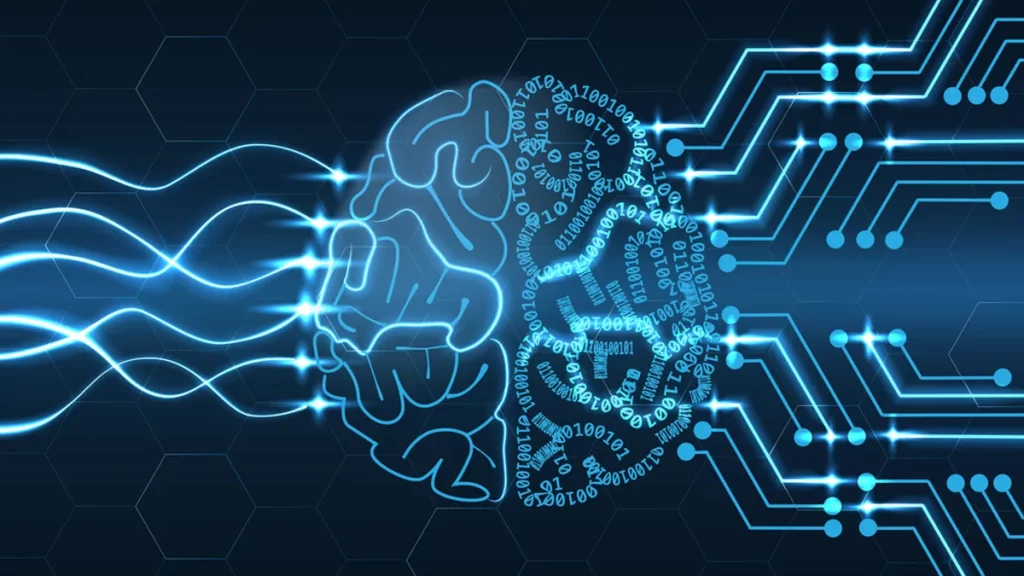By Ikrame Housni / 2023-03-22
In our everyday lives, we all process and recognize hundreds of different objects (colors, shapes, animals, faces…), and although we may not think about it, developing this ability is actually an intricate learning process.
When a young child sees a dog for the first time, they don’t know it’s a dog until someone tells them. They also have no idea that they will eventually encounter many other dog breeds that look completely different from this particular one, but that are still undeniably dogs (and definitely not cats or zebras!). Developing and adjusting such a recognition ability into an accurate and reliable sense of what is and isn’t a dog requires them to go through a series of necessary trials and errors.
To draw a parallel with the example above, although we may initially believe that all dogs look the same, as we witness more breeds of dogs, we gradually alter the mental picture we have of dogs to encompass their diversity. The more dogs we see, the more accurate and generalizable our ability to recognize them becomes. Eventually we learn to differentiate between the common features that dogs share (e.g. dogs have four legs), from those specific to their sub-groups (e.g. Dalmatians are white with black spots).
Much like people, machines can be taught object recognition by mimicking the learning process of the human brain. This process, called Apprentissage profond, is an application of artificial intelligence that, although designed to learn through a specific set of data at first, can continue to learn on its own and improve from experience, without being explicitly programmed to do so.
Deep learning becomes more accurate with time. This is because each analysis provides feedback on the accuracy of its performance, allowing it to learn from its mistakes. While the initial algorithm does not change, the code’s internal weights and biases are adjusted with each trial and error, improving its odds of answering correctly the next time. With experience, the algorithm develops the ability– like humans – to recognize patterns of similarity between objects and group them into categories (like dogs) and sub-categories (like Dalmations or Dachshunds).
Because of its ability to automatically categorize and classify, deep learning holds great potential in both research and clinical fields. For example, deep learning can be a powerful tool in improving diagnostic accuracy, as it has the ability to discern subtle abnormalities in medical results such as radiological images…

